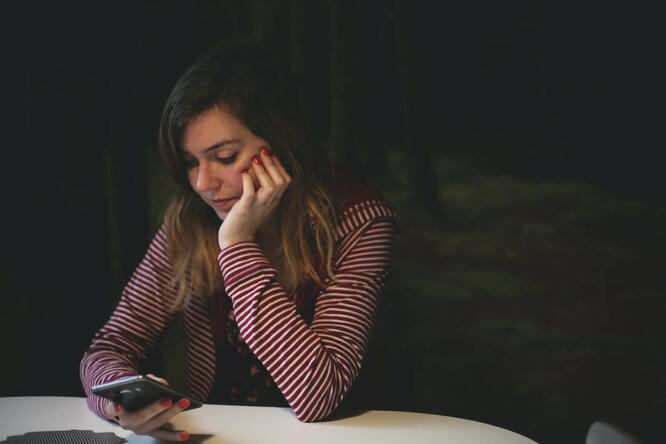Key Idea
Conspiracy theories are nothing new, but they gain traction in times of upheaval and tension. This has certainly been the case during the pandemic. I wanted to explore how conspiracy theories come about, what common features do they have and why they spread so quickly.
Who is it for?
20 students aged 15+
This lesson followed on from drama activity (Feel the Emotion), but could be done as a stand-alone lesson.
This lesson followed on from drama activity (Feel the Emotion), but could be done as a stand-alone lesson.
Key Learning
- To build resilience by developing an understanding of the development and power of conspiracy theories
- To be able to recognise the use of emotional manipulation and biased story telling in social media to support a message.
- To be able to identify techniques used to promote conspiracy theories and scapegoating of individuals through social media channels
What do I need?
- Tweet, for discussion stimulus: twitter.com/Philos4Schools/status/1294340011052204032?s=20
- Website, for background information on conspiracy theories: ec.europa.eu/info/live-work-travel-eu/coronavirus-response/fighting-disinformation/identifying-conspiracy-theories_e
- Handouts on identifying conspiracy theories, to support research task from website, above
|
| ||||||||||||
How long does it take?
2 x 60 mins
Step 1 - Introduction
Project tweet: twitter.com/Philos4Schools/status/1294340011052204032?s=20
Ask students to write, or sketch, their responses to the stimulus, individually.
Collect and scribe key concepts/big ideas from the class arising from initial shared thoughts (prompts: interdependence, inspiration, complexity, knowledge, truth).
Ask students to write, or sketch, their responses to the stimulus, individually.
Collect and scribe key concepts/big ideas from the class arising from initial shared thoughts (prompts: interdependence, inspiration, complexity, knowledge, truth).
Begin to generate questions for further discussion:
- What is a conspiracy theory?
- How do they begin?
- Are they a recent phenomenon?
- What makes them attractive?
- How do they spread?
This would make a good stimulus for #p4c discussion pic.twitter.com/LNzqVpHptk
— Philosophy for Schools (@Philos4Schools) August 14, 2020
Step 2 - What Next?
Jot down key ideas/people that feature in common conspiracy theories/myths:
Introduce handouts and discuss origin/identification strategies for conspiracy theories. In small groups, select a theme to research eg. UFO's, the illuminati, anti-vaccination, 5G broadband and prepare a short presentation, using key questions to analyse the theme:
Provide each group with Conspiracy theory guidelines from UNESCO to support research task.
- What connections are made to include them in the story?
- Are the connections real or obscure?
- Can they be tested out?
Introduce handouts and discuss origin/identification strategies for conspiracy theories. In small groups, select a theme to research eg. UFO's, the illuminati, anti-vaccination, 5G broadband and prepare a short presentation, using key questions to analyse the theme:
- Who is saying it?
- When was it first said?
- How reliable are the sources?
- Why are they saying it?
- Is any information missing or misrepresented?
Provide each group with Conspiracy theory guidelines from UNESCO to support research task.
Step 3 - Reflection and Evaluation
- Can the group list some "golden rules" for identifying misinformation or disinformation?
- How can we "sniff out" fake news?
- What skills do we need to develop to build curiosity and questioning?
- What questions do we need to ask ourselves?
- Is it a good idea to challenge people who believe conspiracy theories?
- How could this be done sensitively?
Step 4 - Let's Share
A display could be made of the findings, asking questions about each conspiracy theory to promote deeper thinking, curiosity and enquiry.

Photo by Kev Costello on Unsplash





